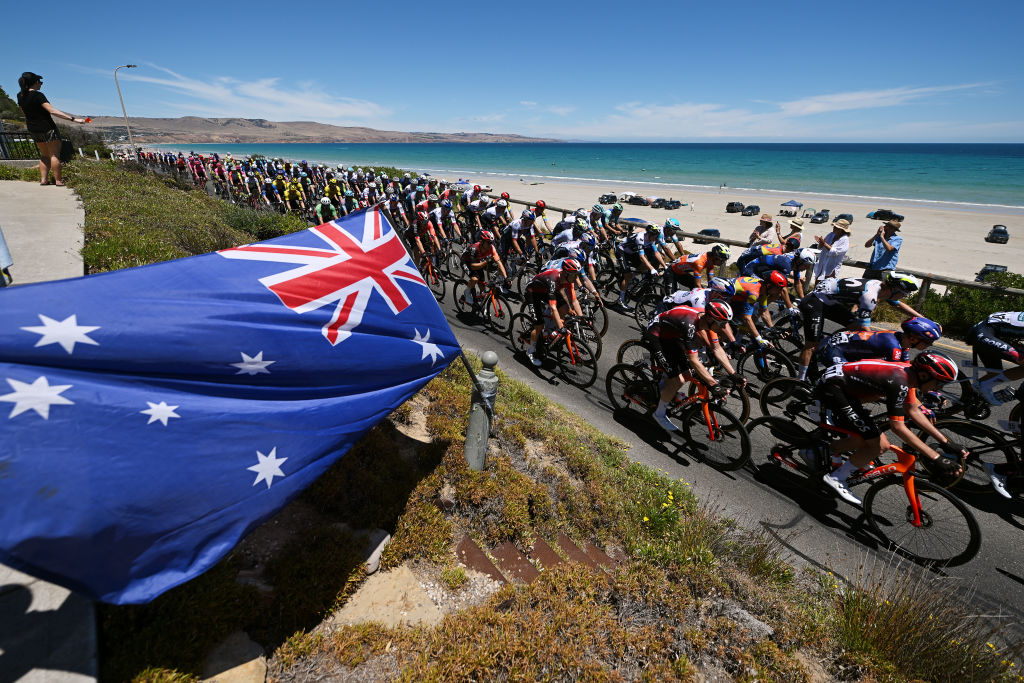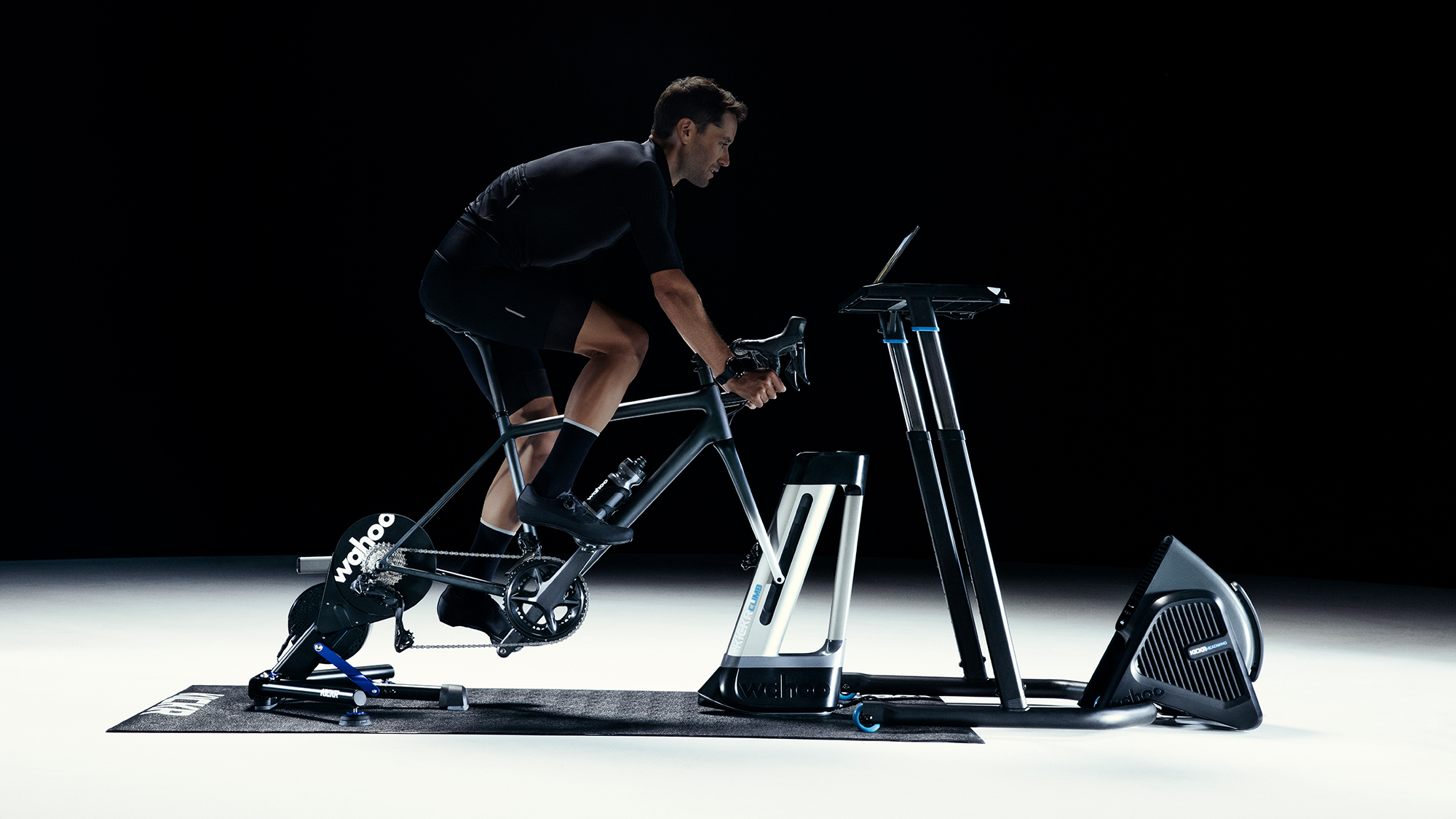
Ten years ago the first Wahoo Kickr came on the market, today they make the Wahoo Kickr v6 available. That first Wahoo Kickr was not the first to bring some kind of computer-controlled system to indoor riding but it was the first to do it in a way that worked for most people. Before then the few options that you could pick from used proprietary systems and the market was tiny. The first-generation Wahoo Kickr changed all that by being open and available for any company as a platform. Wahoo changed the conversation by transforming a fringe market with a product that just worked. Every list of the best turbo trainers since 2012 has had to include the Wahoo Kickr but Wahoo continues to innovate.
One the biggest changes for the Wahoo Kickr has been the expansion of the ecosystem. In 2013 there was virtually no competition but that's far from the case now. As a way to make the case of continued relevance Wahoo has brought options in pricing with the Wahoo Kickr Core, and Kickr Rollrs, and options in realism with the Wahoo Kickr Climb. Since 2019 there's been the option to combine everything with the Wahoo Kickr bike and they've even considered useability with a desk, and a fan. More recently there's been a bigger push into the software side of things as well with the Wahoo X streaming service.
Now, as we head into the 2022 / 2023 winter riding season in the Northern hemisphere, the brand is once again revisiting the products that built the brand. That means a new sixth generation Wahoo Kickr and along with it, a second generation of the Wahoo Kickr bike. Given that the Kickr bike builds on the basic platform of the wheel off trainer, it makes sense to see both updated at the same time. The question is, what's left to improve on with the current state of refinement in the industry? The answer, at least from Wahoo, is usability.
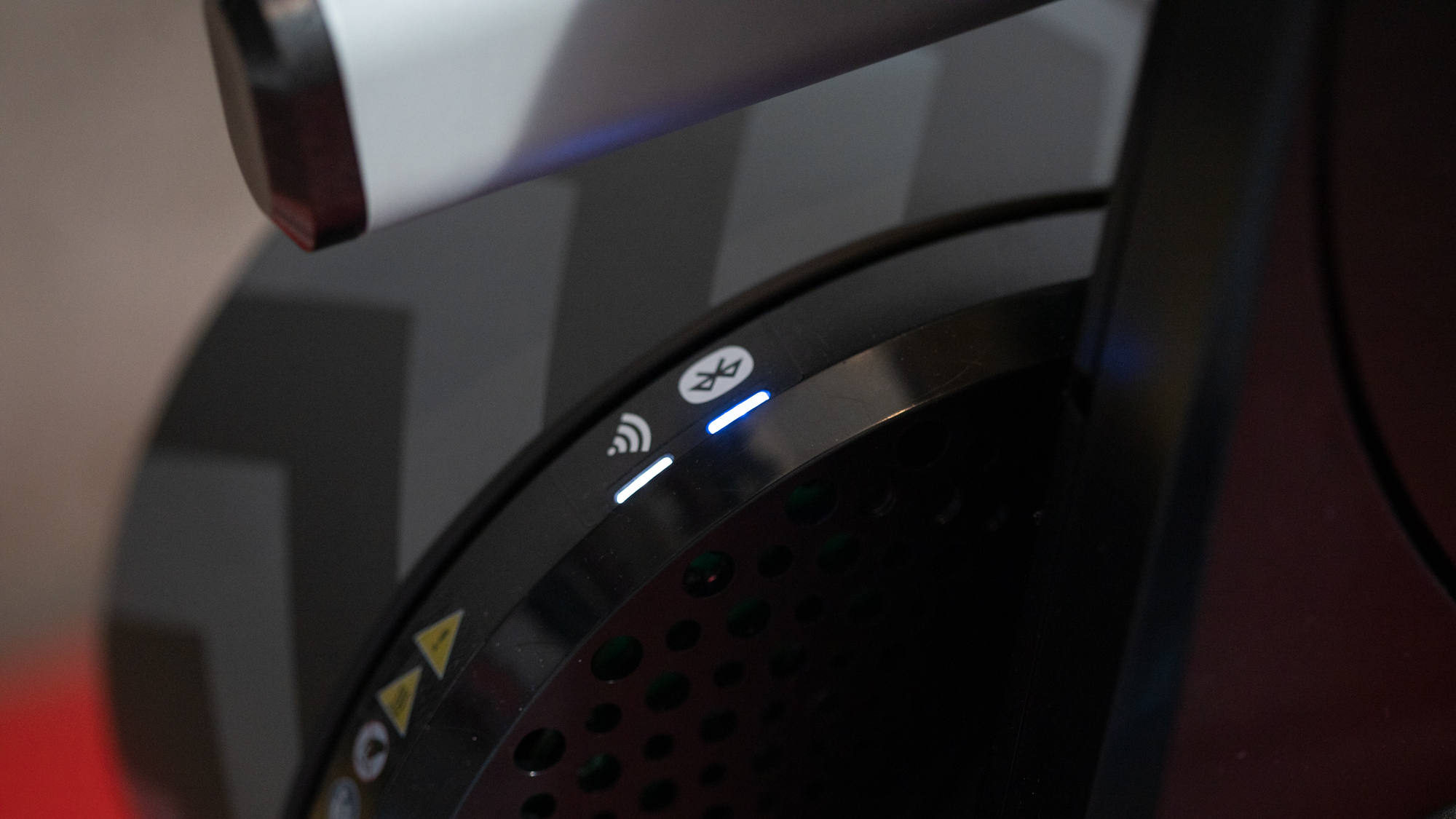
Connectivity
The changes that the two turbo trainers have coming in the latest generation are not going to change the industry again. Rather, they represent a smoothing of the sharp edges that still exist in day-to-day useability of smart trainers and that starts with connectivity. Dropped connections are a continued issue with Bluetooth and solving that is both a necessity and unnecessarily complicated. Previously, Wahoo brought the Kickr Direct Connect accessory to market as solution but there are a number of limitations as well as no Kickr Bike support.
With the Kickr v6 and Kickr Bike v2, Wahoo has built in Wifi connectivity. Any software that has Kickr Direct connect support will now have the option of working wirelessly via WiFi protocalls. Dropouts should be a thing of the past but there's also other advantages. Wifi provides significant increases in data transfer speeds making it possible to deliver on-screen stats 65% faster than before and firmware updates are going to get easier. Instead of asking users to connect and update via Bluetooth, automatic firmware updates keep you ready to ride.
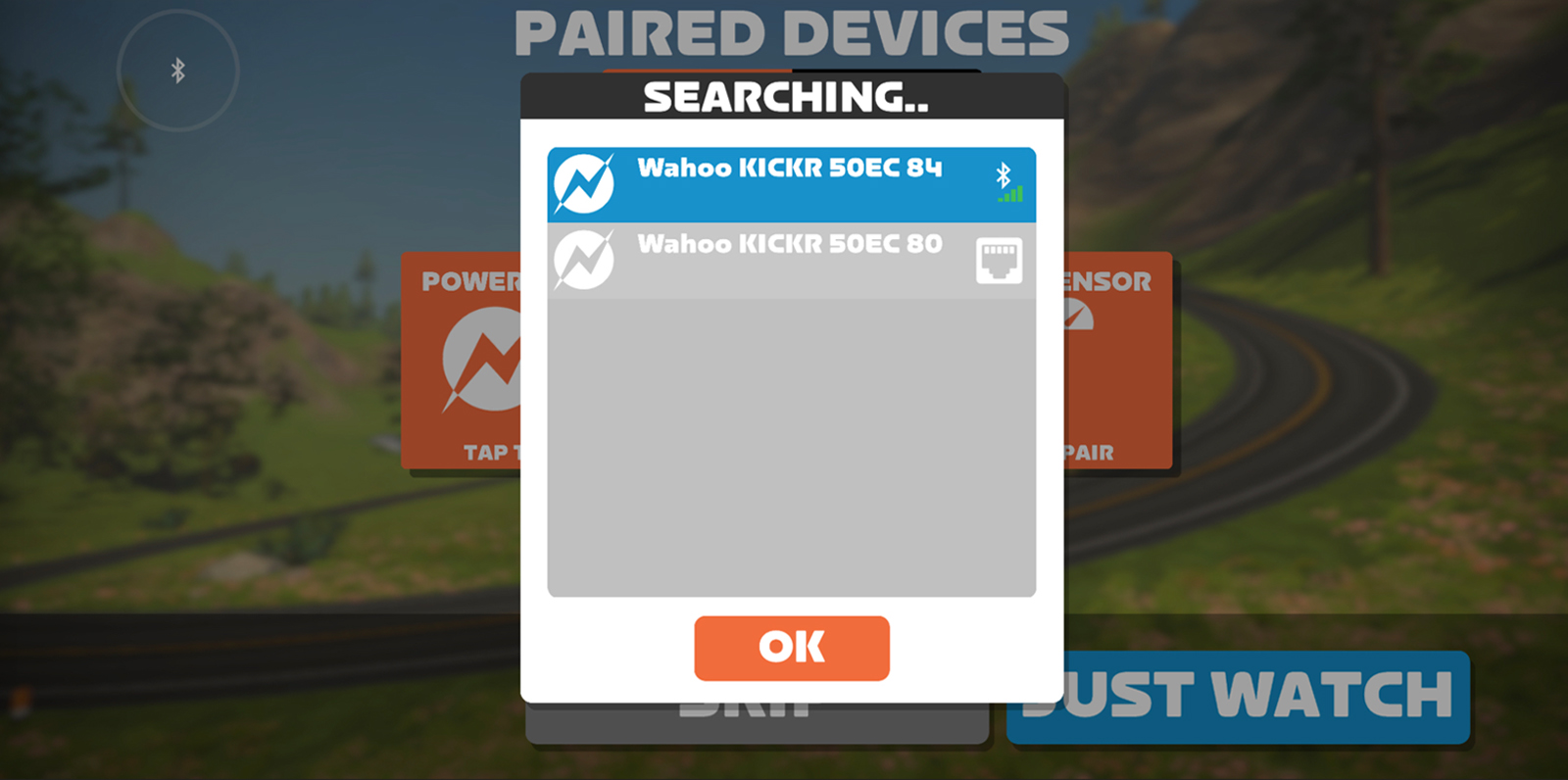
ERG Easy Ramp
The next point of pain that Wahoo has identified has to do with the transition from low power to high power. The magic of ERG mode is always about the software tuning and how it works to hold you to the power requested. On the hardware side it's possible for a smart turbo trainer to hold you to the requested power perfectly, without waiver, and to instantly require that power. That's not how humans ride though and so there's an art to how each brand allows the rider to move between high cadence/low power, and high power/low cadence. Part of that tuning is also how the software responds when the requested power changes.
As you begin an interval the power requested will jump, and the hardware has to make the switch gracefully. That same transition also has to happen when a rider fails an interval. Your power will go to zero and the hardware has to figure out how to gracefully ramp you up again. This also comes into play if you stop on a hill in Zwift. Wahoo is adding ERG Easy Ramp to the Wahoo Kickr v6 and the Wahoo Kickr Bike as a way to allow you to get your cadence up before requiring full power. Given that all smart turbo trainers have this capability, it's not completely new but perhaps Wahoo does it better?
The latest race content, interviews, features, reviews and expert buying guides, direct to your inbox!
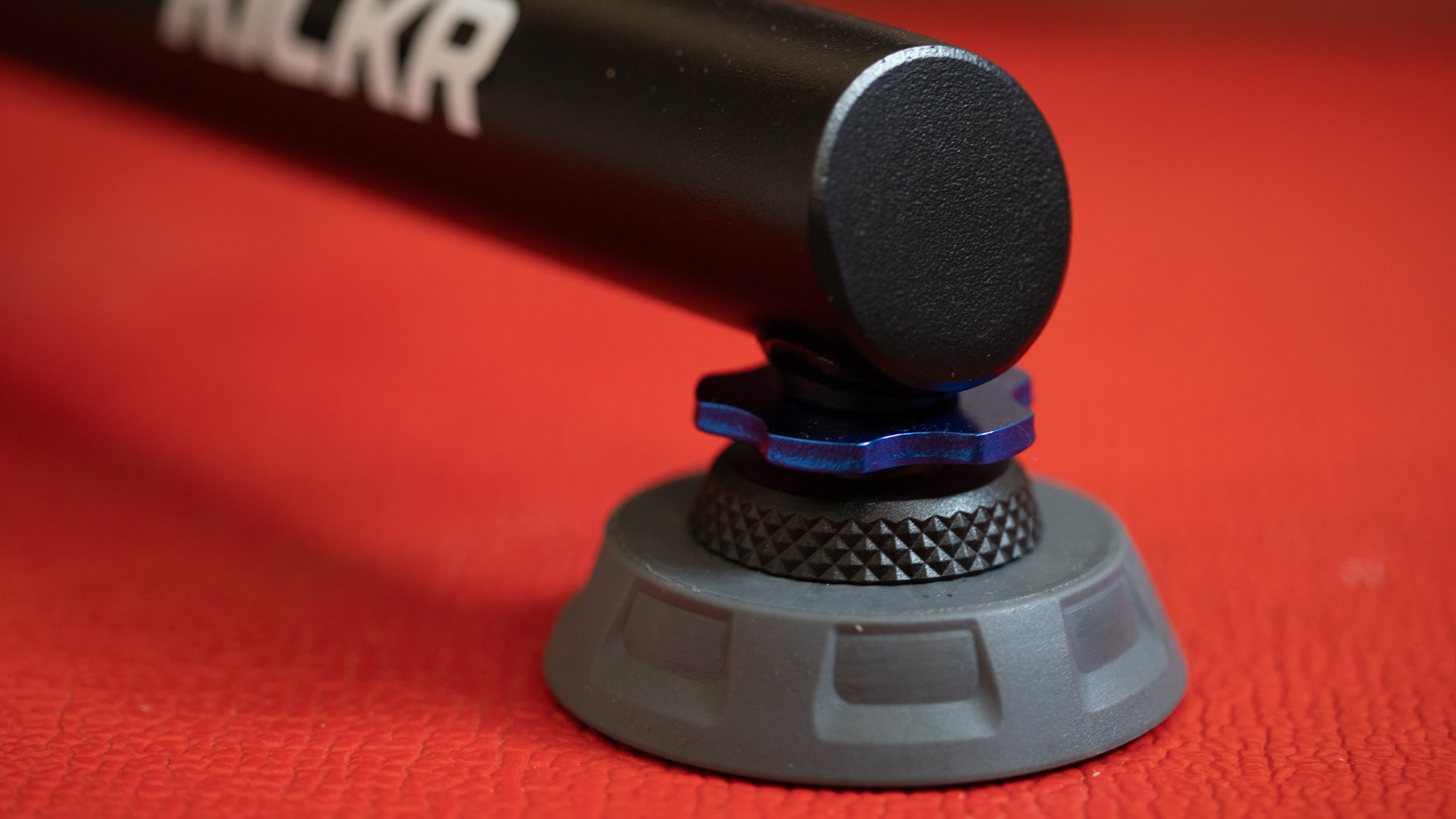
The same great features from years past
The greater narrative of these updated units is that of incremental upgrades that build on past successes. According to Chris Fischer, Chief Commercial Officer of Subscription Services at Wahoo, “the addition of these new KICKR devices with WiFi creates a more unified, connected fitness experience so our athletes can spend more time riding and less time connecting.” Within that there are the already discussed updates but there is also an increase in resistance for the Kickr bike from 2200 watts up to 2500 watts and an odometer feature for both units. There are also all the existing features that have seen continued improvement through the years.
That means the Kickr v6 and the Kickr Bike v2 will continue to feature the same ride feel that Wahoo has made their name on. For the Kickr that also means the same 5-degree side-to-side movement that comes from the AXIS feet and for the Kickr Bike the same TruFit Adjustability. Both devices continue to use an auto calibration system with a +/-1% accuracy and the companion app remains unchanged. If there's a feature that you've come to appreciate about the Wahoo trainer offerings, it’s still there
Price and availability
The new KICKR Smart Trainer and KICKR BIKE are available immediately at retailers worldwide and through Wahoo Fitness directly.
Price: Wahoo Kickr is £1,099.99 / $1,299.99 / €1,299.99 / AUD $1,799.95 | Wahoo Kickr Bike £3,499.99 / $3,999.99 / €3,999.99 / AUD $6,299.95
Tech Specs: Wahoo Kickr
- Max power: 2200 watts
- Accuracy: +/-1%
- Max grade: 20%
- Connectivity: Wifi, bluetooth, ant+, fe-c
- Compatibility: Apple, android, windows
- Rear wheel size: Road: 24”, 650c, 700c mtb: 24”, 26”, 650b, 29”
- Cassette (included): 11-speed 11-28t, compatible with Shimano, SRAM, and Campagnolo 11
Josh hails from the Pacific Northwest of the United States but would prefer riding through the desert than the rain. He will happily talk for hours about the minutiae of cycling tech but also has an understanding that most people just want things to work. He is a road cyclist at heart and doesn't care much if those roads are paved, dirt, or digital. Although he rarely races, if you ask him to ride from sunrise to sunset the answer will be yes.
Height: 5'9"
Weight: 140 lb.
Rides: Salsa Warbird, Cannondale CAAD9, Enve Melee, Look 795 Blade RS, Priority Continuum Onyx

